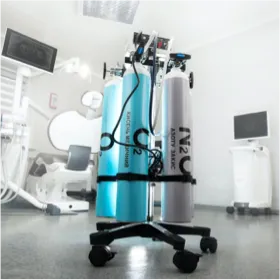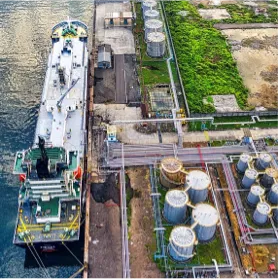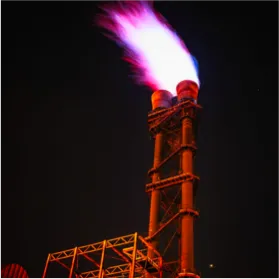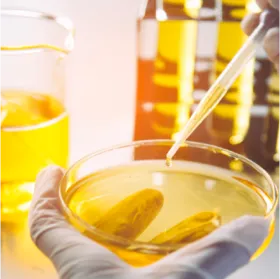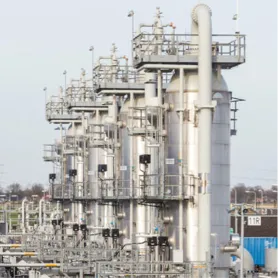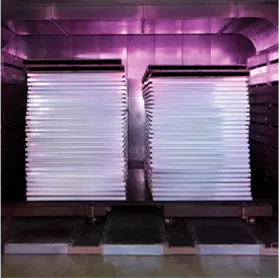Refining
In the Refining industry, there is a wide range of feedstocks, hydrocarbon streams can be filled with various impurities that need to be removed before the streams can be further refined. While much of the water and sulfur species that were originally present have already been removed, molecular sieves can be used to polish the stream to meet specification and increase the overall value of the product stream.
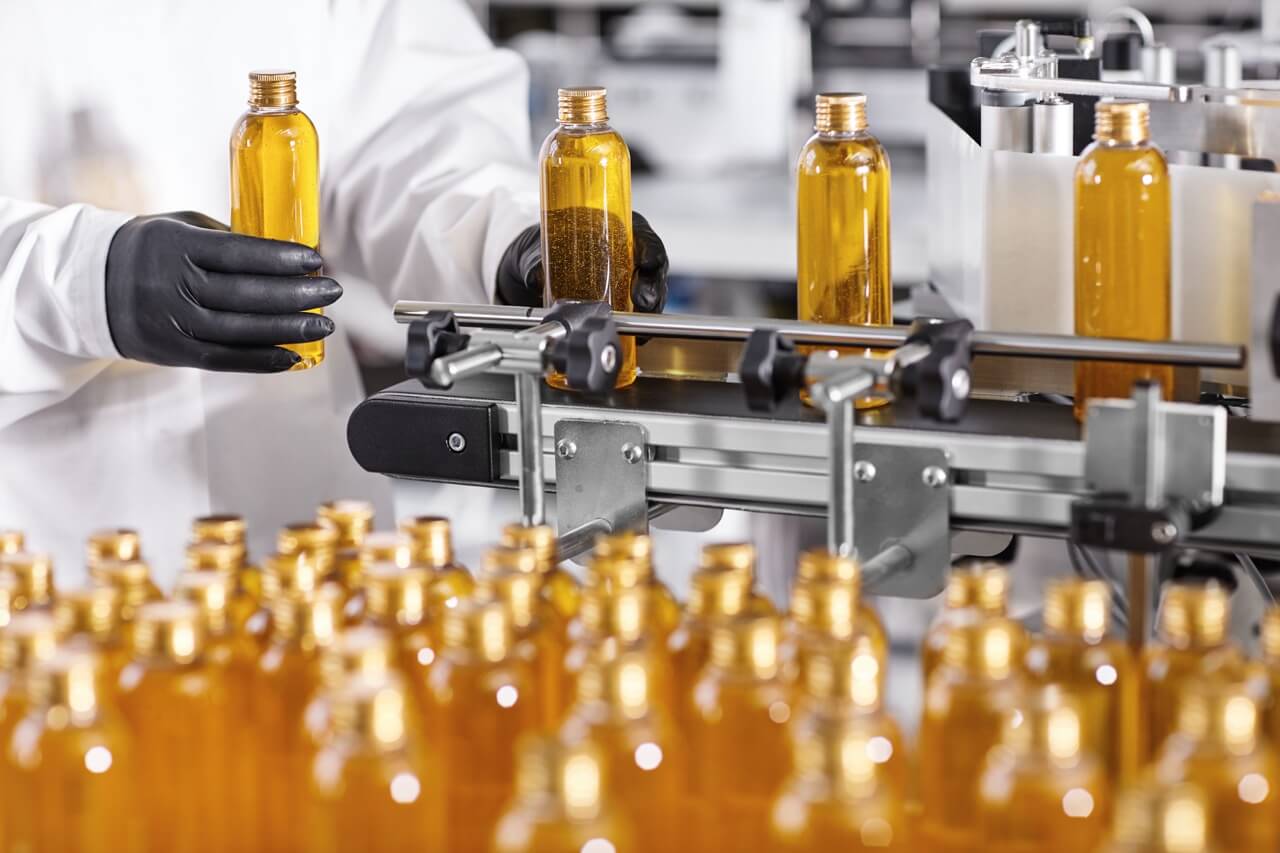
Applications
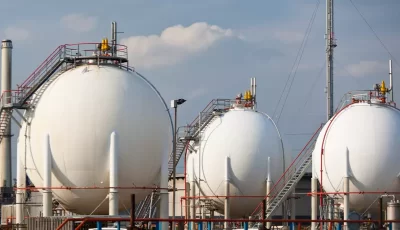
LPG Sweetening
Liquefied petroleum gas (LPG) contains sulfur compound impurities like H2S, COS, and mercaptans that must be removed before further processing.
Removes: water (H2O), carbon dioxide (CO2), sulfides, mercaptans, and more!
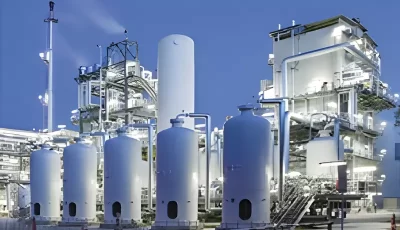
Hydrogen Purfication
Hydrogen is a valuable gas in refineries that must be purified through PSA & TSA systems for production specifications requirements.
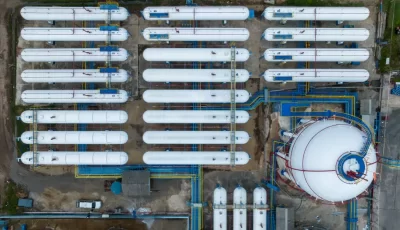
Isomerization
Before normal butane, n-pentane, and n-hexane can be isomerized water and sulfur compounds must first be removed.
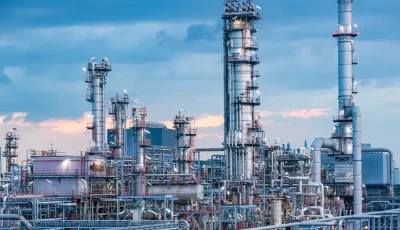
Catalytic Reforming
Adsorbents are needed to remove chlorides in catalytic reforming processes to minimal levels and prevent the corrosion or poisoning of costly downstream catalysts.
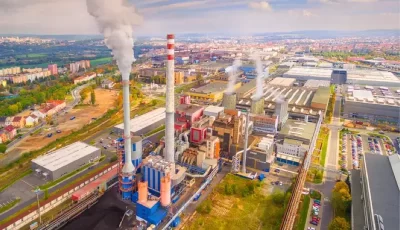
Sulfur Rejection Units
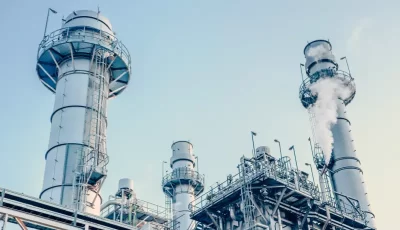
Drying of Reforming & Hydrocracking Gas
Sometimes referred to as steam methane reforming (SMR), this process involves the heating of methane (CH4) with steam, in the presence of a catalyst, to create hydrogen (H2) and carbon oxide byproducts. After the initial reforming reaction, the steam undergoes a water-gas shift reaction, which converts carbon monoxide (CO) into carbon dioxide (CO2) and more pure hydrogen.

